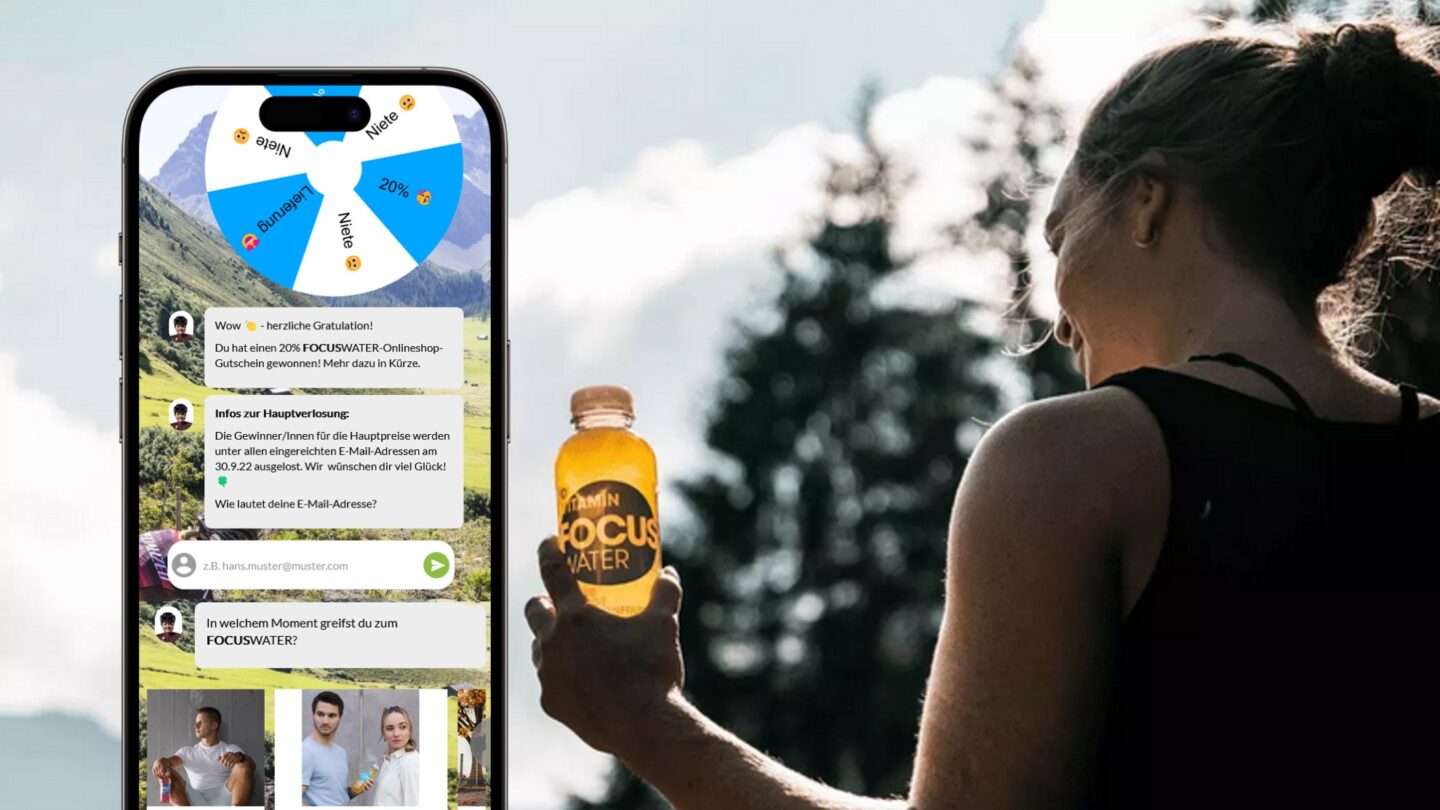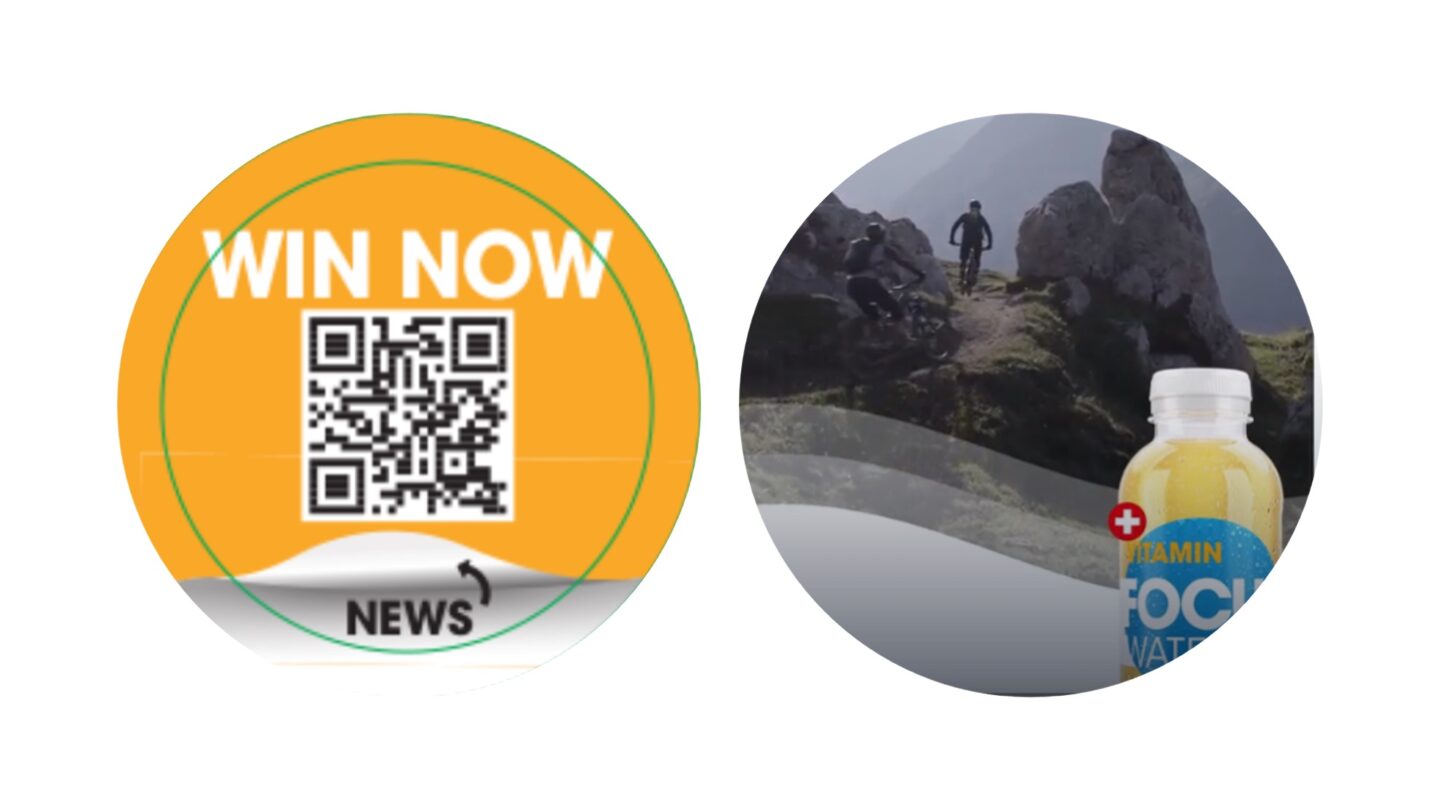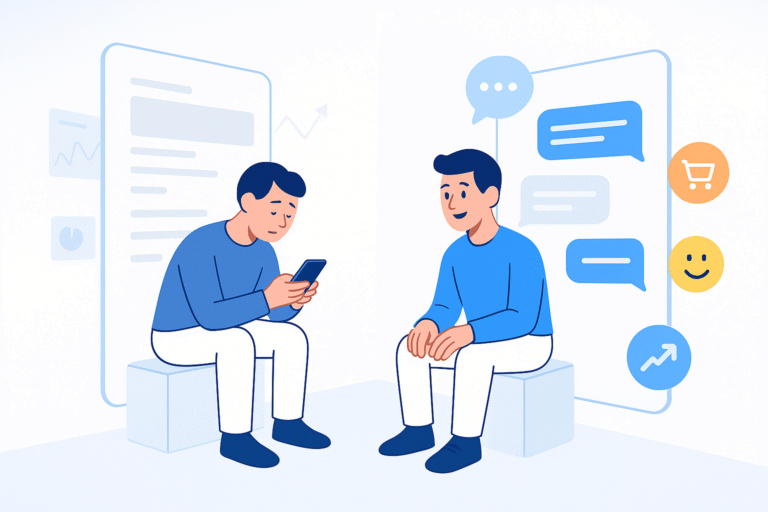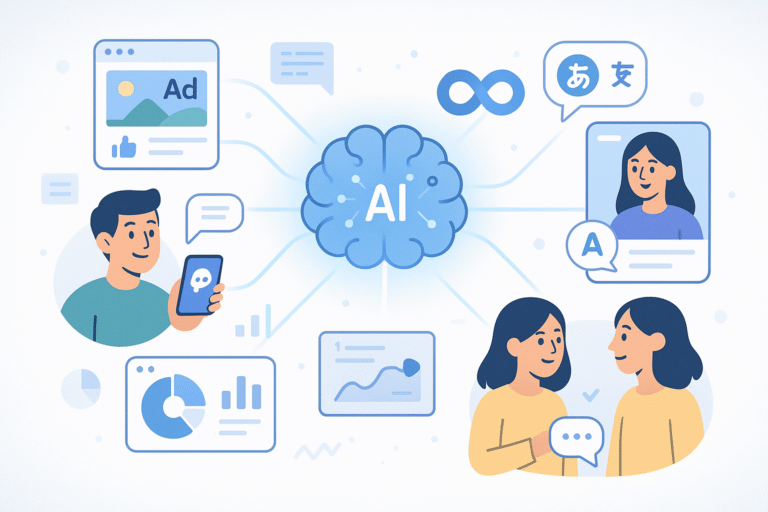Marketing speaks to people. But what if marketing could speak with people?
Conversational Engagement is the new era of digital advertising. Brands can use it to motivate potential customers for initial contact as well as re-engagement. DiALOGiFY powered by AI allows brands to create conversational advertising experiences both offline and online, such as on Facebook and Instagram, as well as through Google ads.
Our marketing platform helps advertisers connect with their customers and deliver the right information – exactly when they ask for it.

Today, it’s not enough to just spark interest. Brands must establish meaningful connections when customers are most engaged. When customers are ready to talk, DiALOGiFY is ready too. We help brands establish connections, respond, and engage in inspiring dialogues.
DiALOGiFY turns your ads into AI-powered, personalized conversations
With DiALOGiFY’s framework, conversational ads are linked to dialogue funnels and accompany customers on their journey (customer journey).

The term “conversational marketing” is widely used today. At DiALOGiFY, conversational marketing has a precise meaning: It brings chatbots into online advertising and other (offline) touchpoints along the customer journey.

DiALOGiFY’s Multi-Experience Automation
The start-up is based in Switzerland and has customers in Europe, the Middle East, India, and Asia. Co-founder and CEO Dominic Bolliger, who has worked in international business development for FMCG for more than two decades, says: “One of the things we’ve seen is the paradigm shift among users and consumers towards a dialogue-oriented medium. Everything is becoming more conversational, whether through devices like the phone, speaker, or car. We then asked ourselves: Why shouldn’t marketing also be more dialogue-oriented?”
Dominic and his co-founder Daniel Heller didn’t want to develop a solution that needed a problem, so they spoke with marketers for months.
When they asked about the challenges everyone was facing, the most important answer was “perception.” Dominic put it this way: “I have this absolutely amazing conversation assistant, but I’m really struggling to get it ‘out there.'”
The chatbot in advertising
In advertising, Dominic sees the perfect medium to solve this problem. Instead of developing a chatbot and only displaying it on their own website or app, brands can integrate it into their advertising and other touchpoints along the customer journey. Everyone who sees the advertisement can ask the chatbot questions and provide feedback.
“Imagine you want to launch a new drink,” he explains, “and imagine you can now run a conversational display ad and have people vote on which flavor they would like to drink.” This conversation can also start directly through a QR code on the product itself. A call-to-action like “Share your story” can trigger stories and bridge the gap to consumers.

For FOCUS Water, a brand by Rivella, this is already the second campaign where chatbot dialogues are used. The goals were exceeded once again:
1. Collect consumer insights
2. Strengthen engagement, inspire customers, and create an emotional brand experience “find your flow”
The interactive dialogue design and visual world aim to leave an inspiring, positive, and sustainable brand experience.
3. Generate more sales in the online store
4. Sharpen product understanding (USP) among the target group
Valuable for the automotive industry as well
Another application example Dominic envisions is in the automotive industry: “With dialogue automation, customers could search inventory, find out the value of their car, and schedule an appointment with a salesperson – all in an interactive experience that meets them where they are.”
Permission Marketing, Consumer Journeys, and recurring messages
For more information on the subject of Conversational Advertising (in English). With conversational advertising, brands can stay in touch with customers in the style of Instagram (strong visuals, little text, and call-to-action button) and play out relevant, individualized content via email, SMS, or WhatsApp. For example, a consumer is informed about the new fall coat collection because she selected this option, and upon clicking the button, she is redirected to the webshop to view the coat collection (filters: women, fall) in her size (filters: profile attributes). Shortly after, the WebConcierge (in English) asks her whether she would like to schedule an appointment at a store or decide directly for an online order.
Conclusion
DiALOGiFY’s multi-experience conversational framework allows you to create conversational flows, engage with your target audience, collect interests and attributes, follow up, and stay in touch. Most importantly, it can increase the call-to-action rate by up to tenfold.










